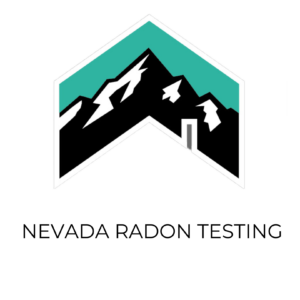At Nevada Radon Testing, we are dedicated to safeguarding your home and loved ones from the invisible dangers of radon gas. As Nevada’s trusted experts, we provide professional radon testing services that give you peace of mind and ensure your property is a safe and healthy space.
We offer comprehensive radon testing services to ensure your home is safe. Our team of certified radon measurement professionals uses advanced equipment to test for radon and help you protect your family’s health. We provide clear, actionable results and expert guidance on mitigation if necessary.
Radon is a naturally occurring, odorless, colorless gas that can seep into your home from the ground. Prolonged exposure to high radon levels is the second leading cause of lung cancer in the United States. With Nevada’s unique geology, radon testing is essential for every homeowner.
Testing is available 7 days per week!
We service Reno, Sparks, Carson, Tahoe and the surrounding areas!

Nevada Radon Testing
775-722-4884 Cell/Text
nvradon@icloud.com
www.nevadaradontesting.com
Licensed and Certified ID 114196-RMP
© 2025 Nevada Radon Testing LLC. All rights reserved.